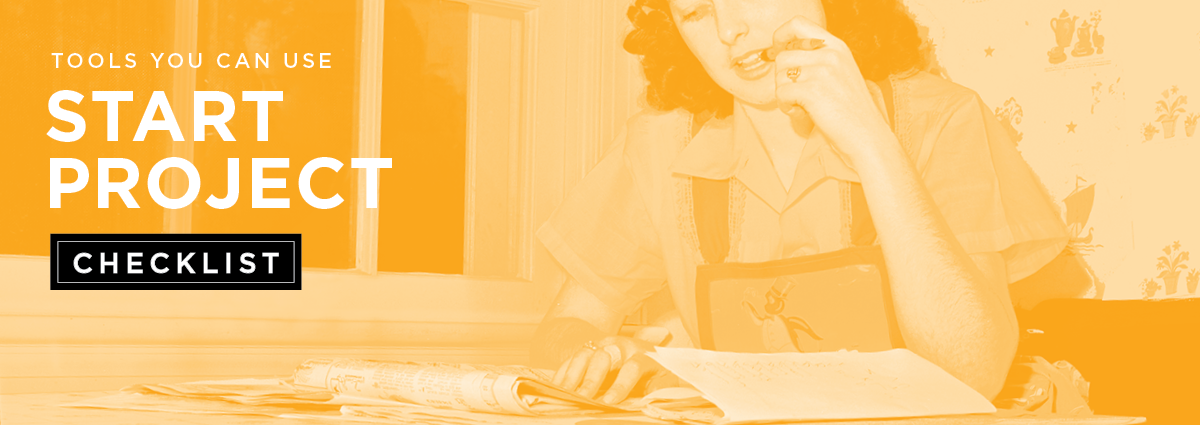Start Project Checklist
/Starting a new project is a lot like climbing Mount Everest. Fast-moving projects with a lot of pieces to juggle can sometimes seem daunting but having the proper tools and a sound strategy at your disposal will make you feel like a well-equipped mountaineer. A well-managed project lays the groundwork for future project management successes and maximizes efficiency. Use this checklist at the next project kick-off meeting, and you'll have all your bases covered.
Download Checklist:
Team
It sounds fundamental, but the very first step is to identify your internal team and identify the team leader or project manager who will serve as the primary contact with other departments and vendors. You should also be aware of stakeholders who can profoundly influence a project’s direction. Assigning a single point of contact for day-to-day communications and getting C-Level buy-in early in a project timeline can save a lot of time and money downstream.
Audience
Most brands have a general idea of who is their target consumer, but not many have it written down as reference material. It’s a good practice to identify all the key players along your sales channel, and then share that information with your team. Who are you targeting with this campaign? What is a conversion? Is it a final sale? Or are you just moving the curious shoppers to interested buyers?
Goals
Can you identify the single most important message you want your target audience to take away from this campaign? What are your sales teams goals? You also need to understand how you will measure the effectiveness after the project has wrapped up.
Budget
This is a big one. Assigning a budget and sticking to it can be difficult. Be sure you have a clear picture of what funds are available for your campaign. Be honest with your creative partners and vendors, too. Knowing when there are insufficient funds allows some vendors to bow out and also keeps your creative team from wasting time on concepts that are too costly to execute.
Schedule
When planning a project, it is best to look at the absolute final date and work backward from there. When do the finished pieces need to be in hand? Now allow for the average production cycle of your materials. A simple brochure needs just two weeks on press. But a large-scale website can take 3 months to build out. Back the production time out from the launch date to understand how much time there is for creative.
Project-Specific Tasks
Some projects reject catch-all lists. It's critical to analyze your plans holistically and identify work that's required but might not make the standard to-do list such as photography or printing needs.
Implementation
Implementation is all about the nuts-and-bolts and is the part of a project that can be the most distracting at the outset. How your message gets to market impacts the materials and the method of production. Distribution, the shelf life of the content, and the shopping environment all need careful consideration before defining the final deliverable.
Project Management involves a lot of communication. Having a clear strategy with outlined benchmarks makes projects run smoothly.

